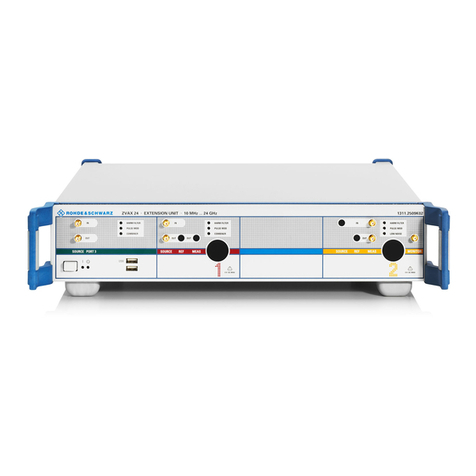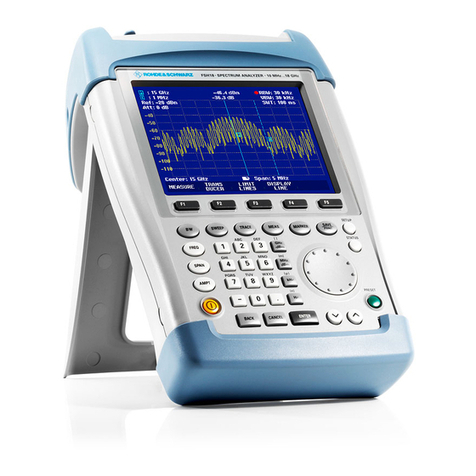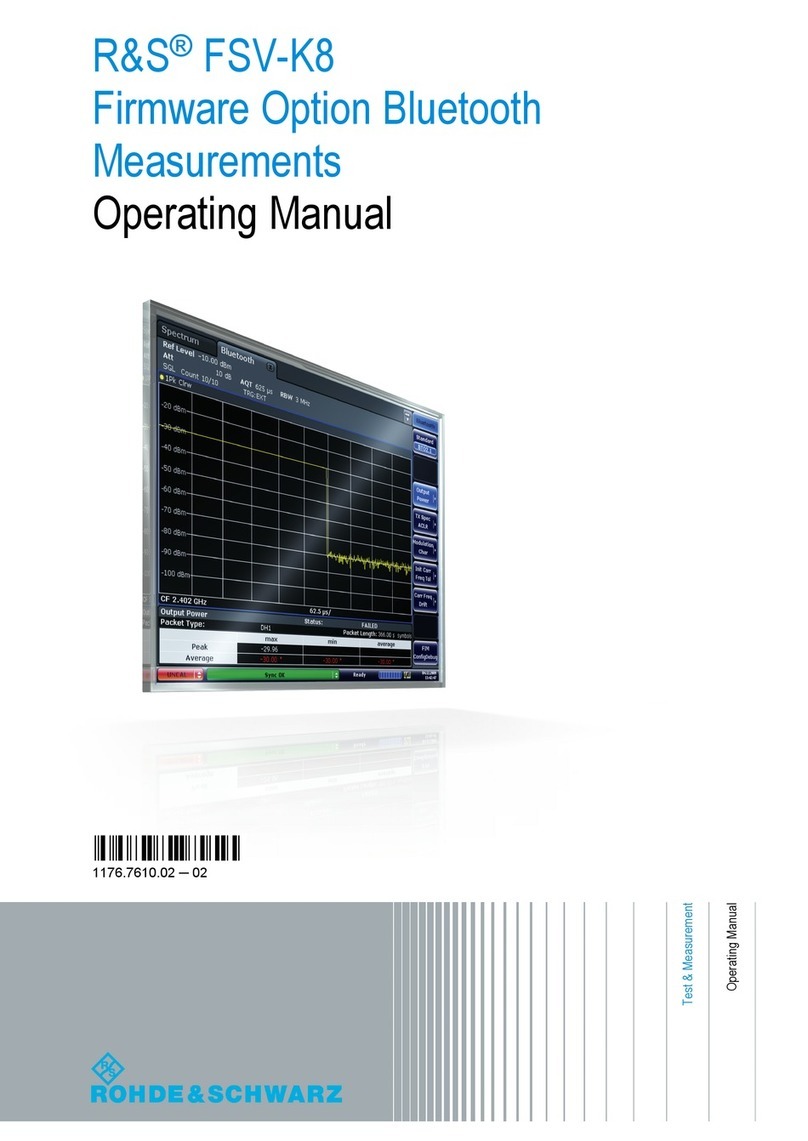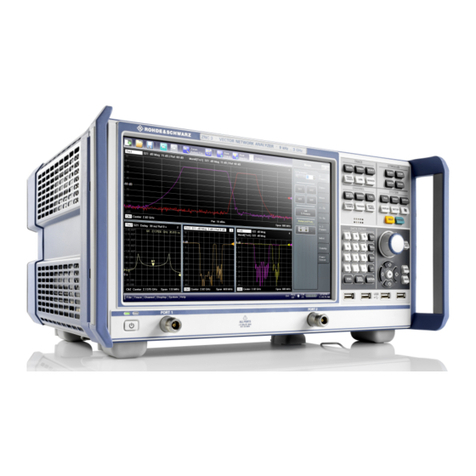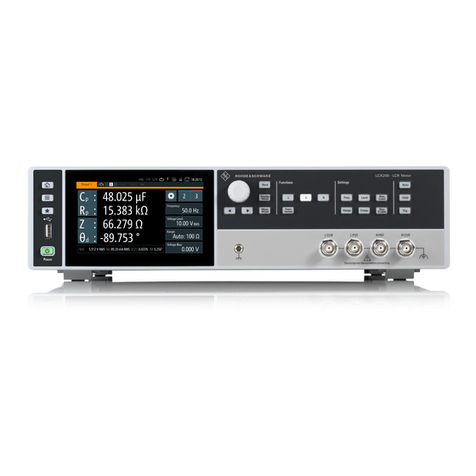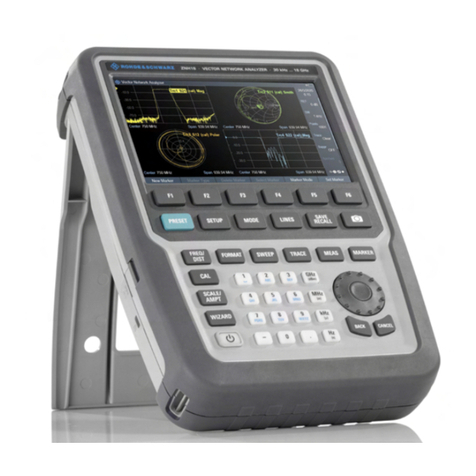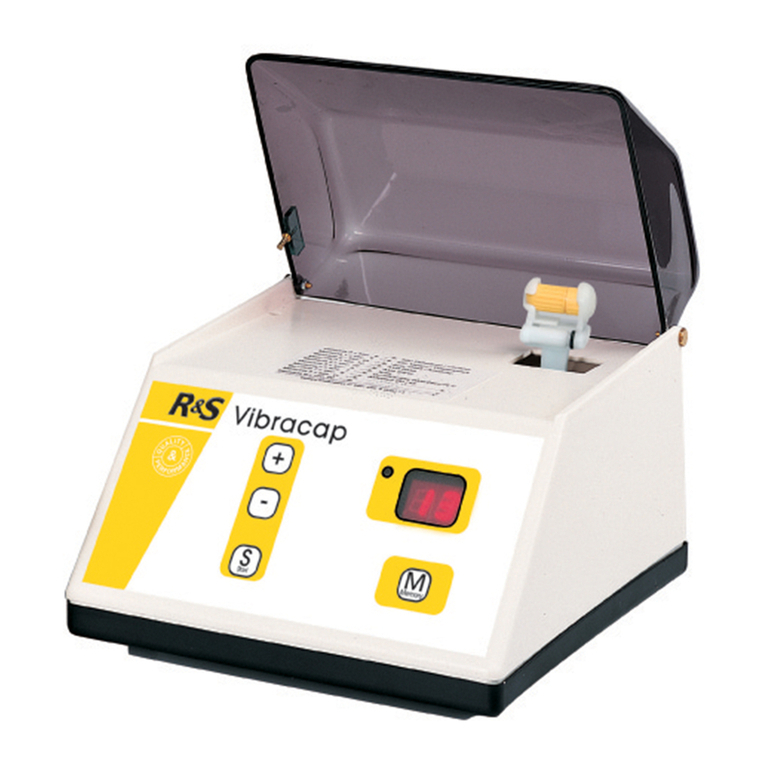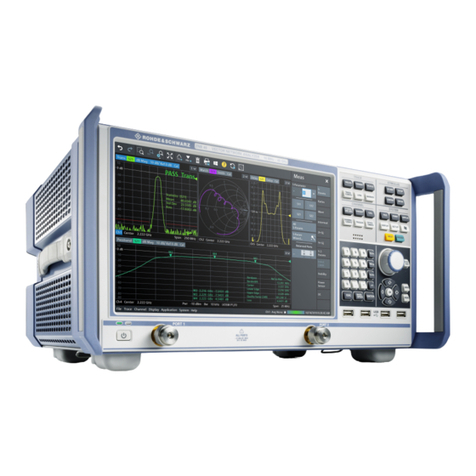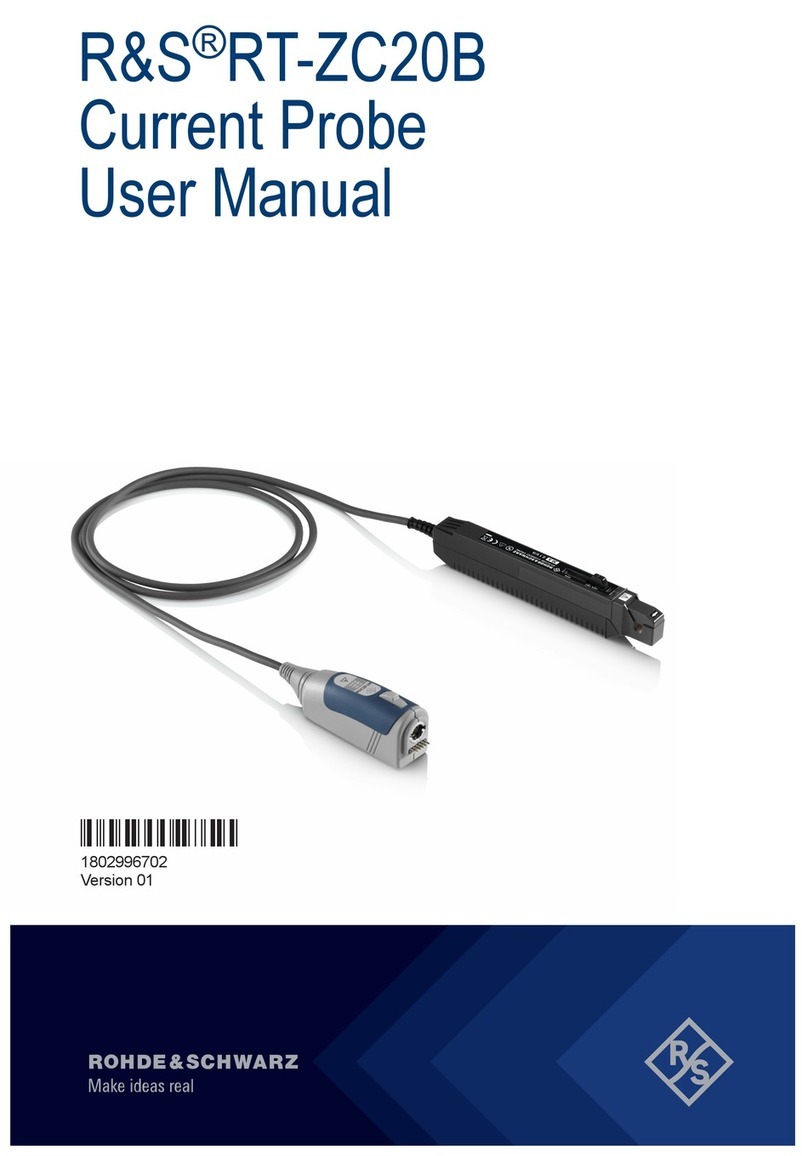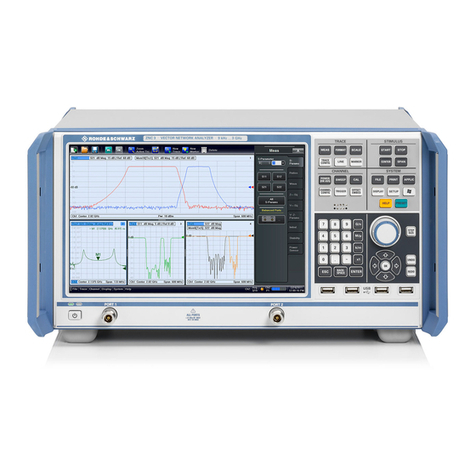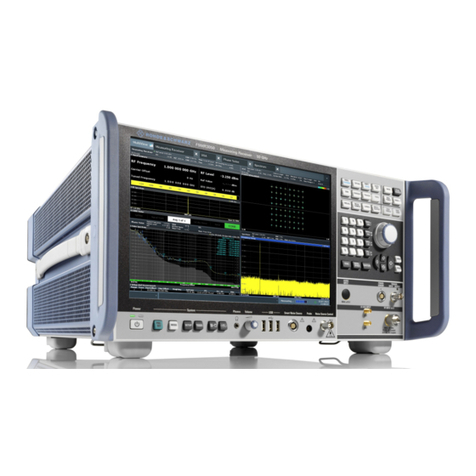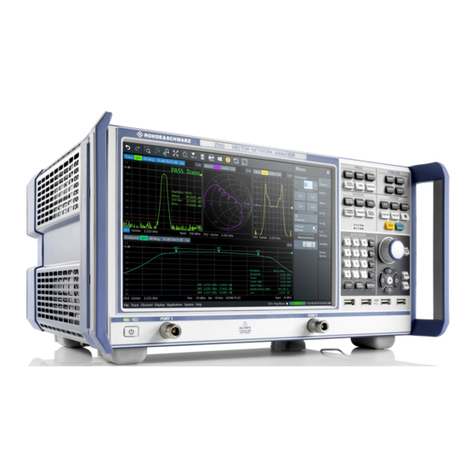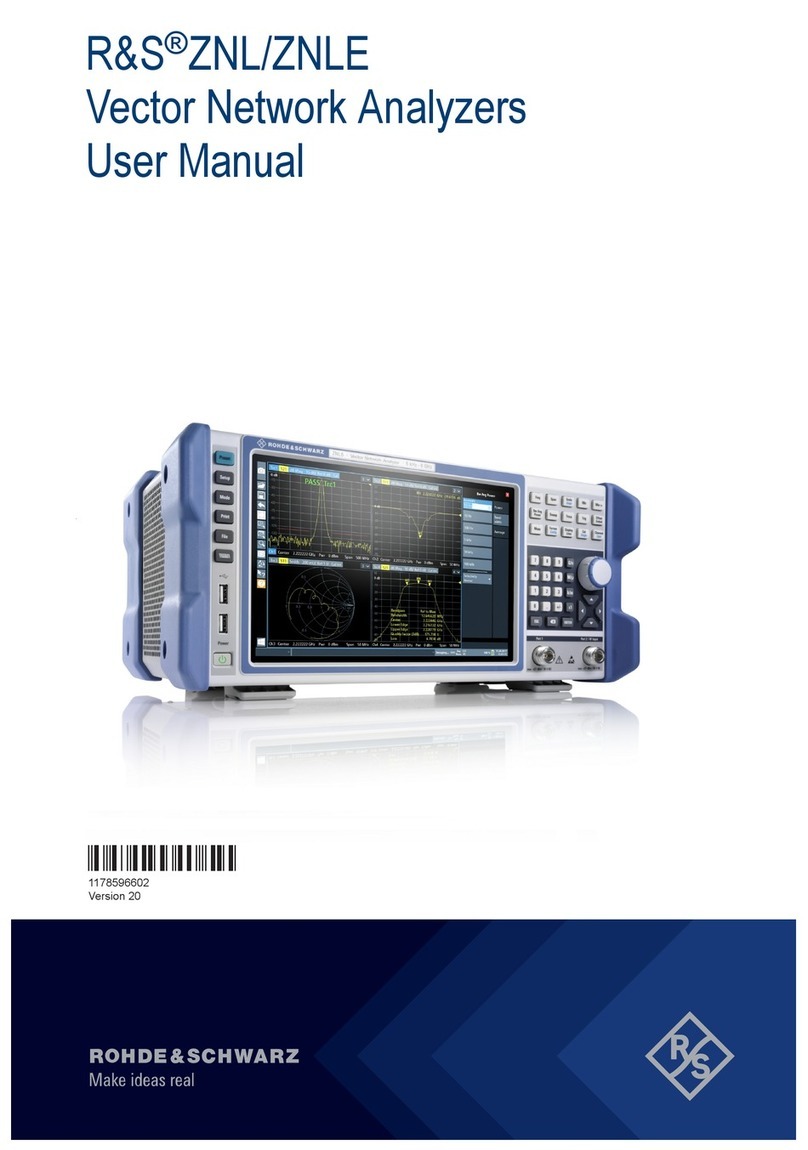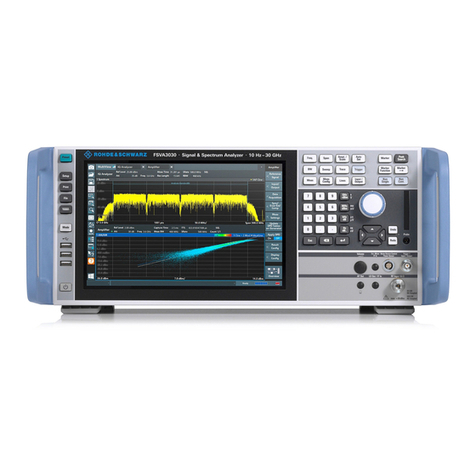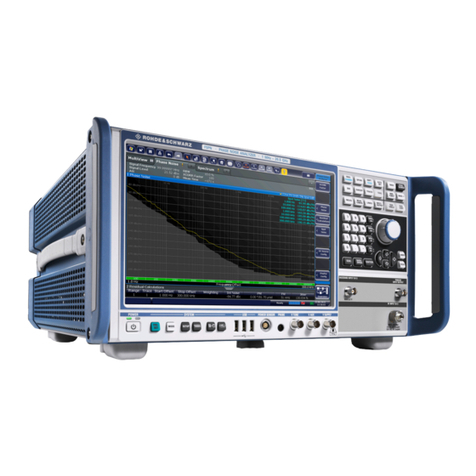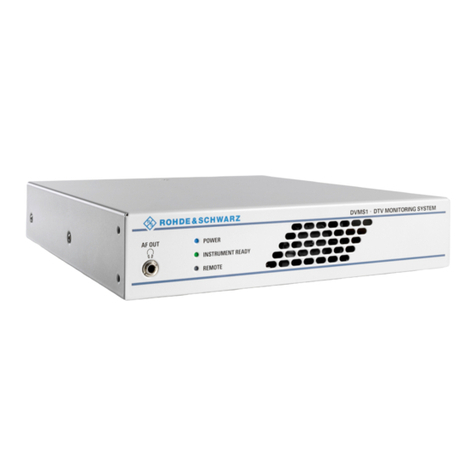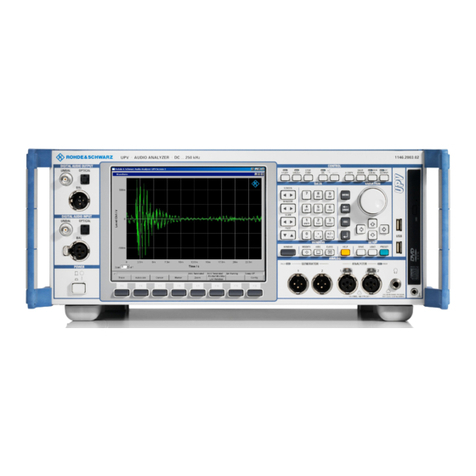
Contents
R&S®FSWP-B1
4User Manual 1177.5862.02 ─ 09
5.4 Restrictions for secondary applications...................................................................29
5.5 Measurements in the time and frequency domain...................................................29
6 MSRA configuration.............................................................................31
6.1 Configuration overview.............................................................................................. 32
6.2 Input source settings..................................................................................................34
6.2.1 Radio frequency input................................................................................................... 34
6.3 Amplitude.....................................................................................................................37
6.3.1 Amplitude settings.........................................................................................................37
6.3.2 Scaling the y-axis.......................................................................................................... 40
6.4 Frequency settings..................................................................................................... 42
6.5 Trigger settings........................................................................................................... 43
6.6 Data acquisition and bandwidth settings................................................................. 48
6.6.1 Data acquisition.............................................................................................................48
6.6.2 Sweep settings..............................................................................................................53
6.7 Output settings............................................................................................................55
6.8 Display configuration................................................................................................. 56
6.9 automatic settings...................................................................................................... 56
7 Analysis................................................................................................ 59
7.1 Configuring the analysis line..................................................................................... 59
8 How to perform measurements in MSRA mode................................61
9 Remote commands to perform measurements in MSRA mode...... 64
9.1 Introduction................................................................................................................. 64
9.1.1 Conventions used in descriptions................................................................................. 65
9.1.2 Long and short form...................................................................................................... 66
9.1.3 Numeric suffixes............................................................................................................66
9.1.4 Optional keywords.........................................................................................................66
9.1.5 Alternative keywords..................................................................................................... 67
9.1.6 SCPI parameters...........................................................................................................67
9.1.6.1 Numeric values............................................................................................................. 67
9.1.6.2 Boolean......................................................................................................................... 68
9.1.6.3 Character data.............................................................................................................. 69
9.1.6.4 Character strings...........................................................................................................69












